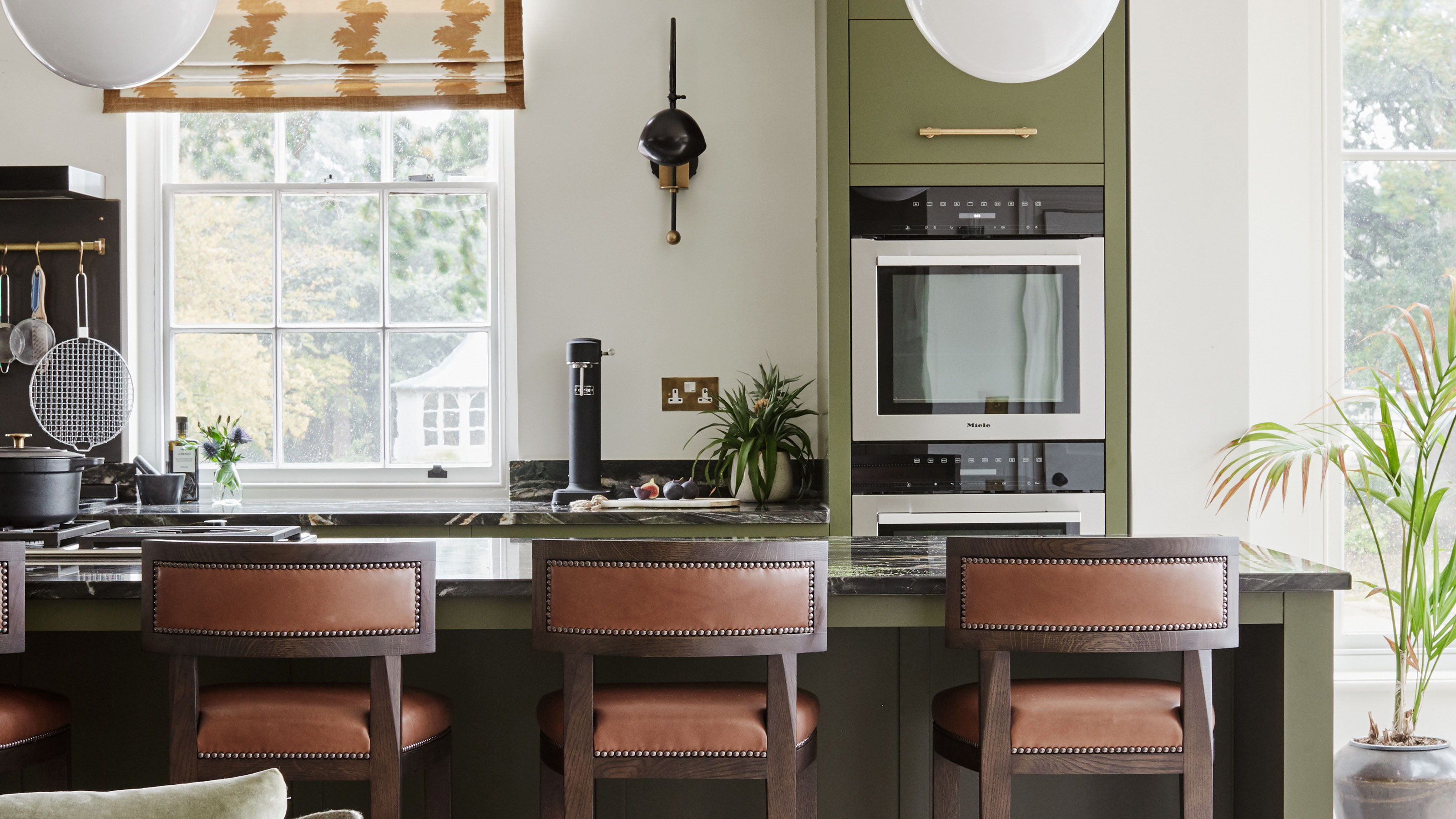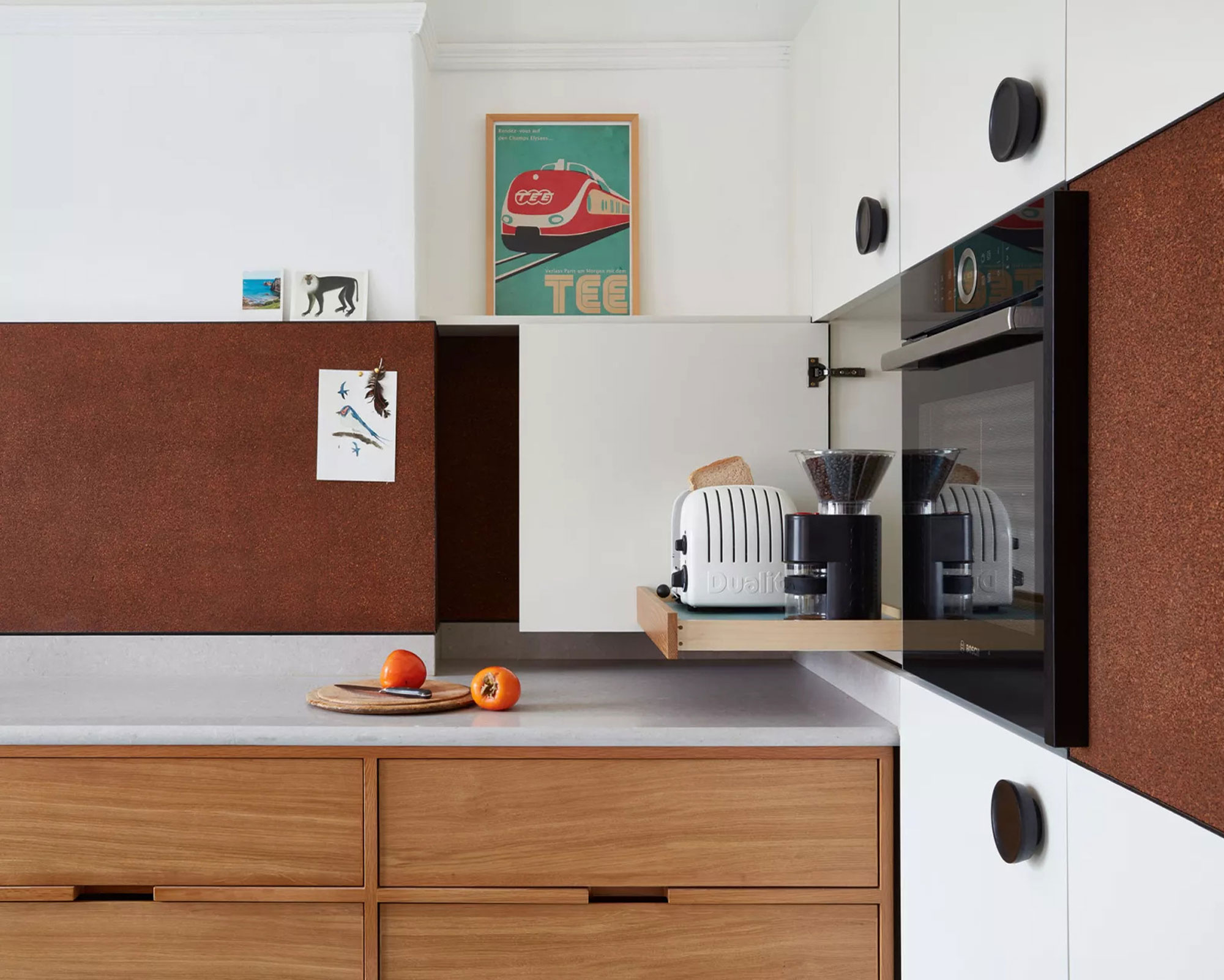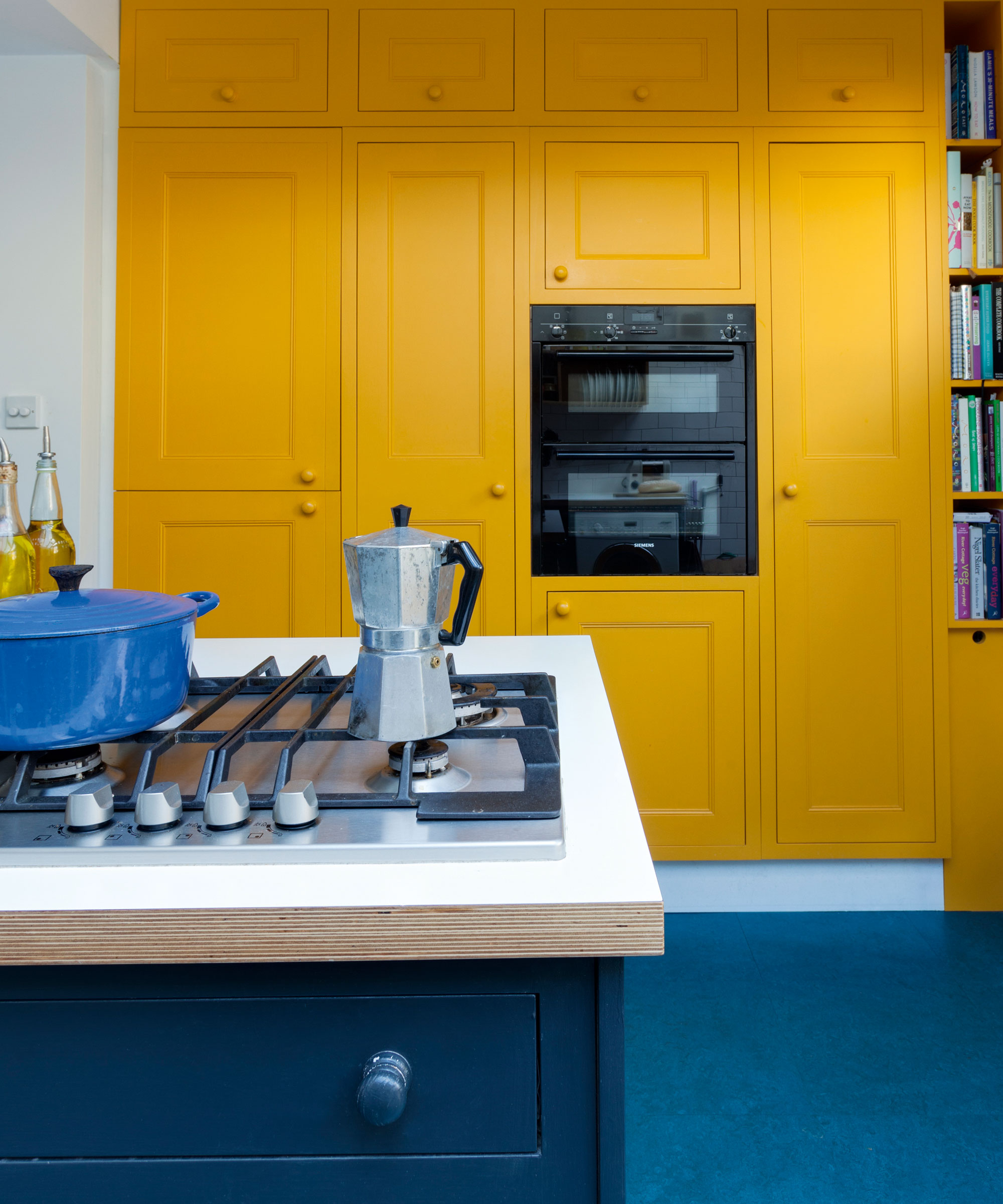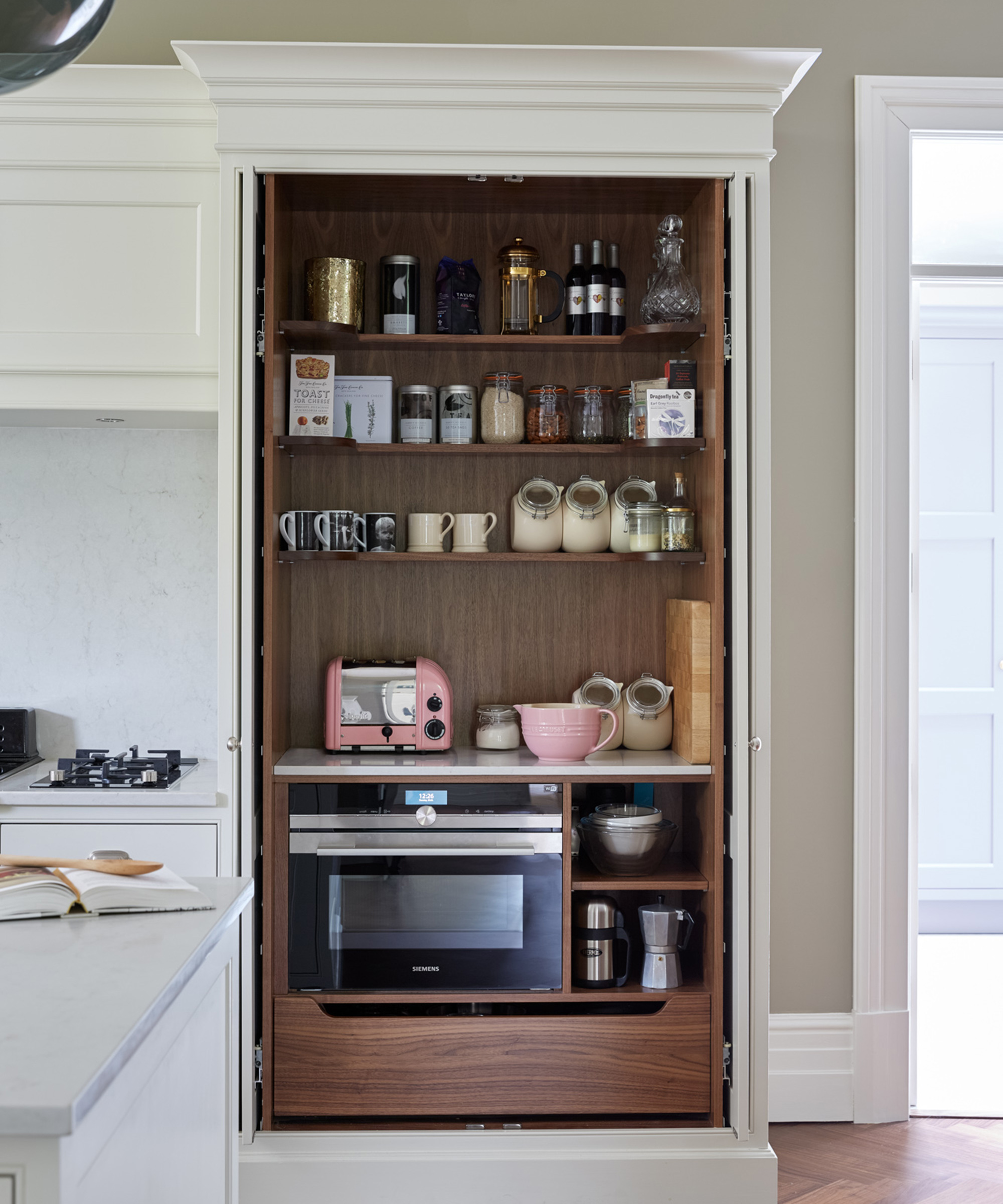5 things you shouldn't put in a microwave. The risks: a broken appliance, fire and carcinogenic molecules
From Styrofoam to spicy peppers, here's what not to put in the microwave


Of all the kitchen appliances out there, nothing blends energy efficiency and convenience like the microwave. This cheap-to-run appliance is a kitchen staple for busy households, so it's worth knowing what not to put in the microwave so yours keeps working properly for years to come.
Whether you've just bought a new one and want to take good care of it, or are just wondering if putting foil in the microwave is worth the risk, we have asked experts for a definitive answer. By cleaning a microwave regularly and following these tips, you'll avoid damaging it.
And for anyone keen on a late-night snack, you can learn how to mute a microwave with our guide, too.
What not to put in the microwave

1. Styrofoam
'One of the most common materials people are still microwaving?' begins Katherine Coyotl from luxury appliance retailer Designer Appliances. 'Styrofoam — you know that material your cup noodles are sold in. Although there's a label that says it shouldn't be microwaved, many folks choose to ignore it as a way of saving time and pour cold water and pop it into the microwave for 3 minutes,' she says.
'If you're wondering why, it's not because it can cause fires, but many EPS foam containers can crack or lose structural integrity when reheated. This may cause hot foods or beverages to leak out and lead to burns,' Katherine explains.
While some people may argue that certain Styrofoams are considered safe, she reiterates that if you don't see any 'microwave safe' label, you really should not microwave it.
More importantly, microwaving Styrofoam also poses a serious health hazard. William Henry, of LEDask — who previously worked in the Polystyrene foam manufacturing industry — says carcinogenic molecules styrene and benzene can leach into your food 'even if there is no external damage to the foam'. William continues: 'Whenever you put food in a Styrofoam container and place it in a microwave oven for heating, the risk of styrene leaking into the food increases.'

2. Metals
It might sound obvious, but it's easy to get caught out and put items that have a tiny amount of metal on them in the microwave, which creates a fire risk. Craig Anderson of Appliance Analysts says you should never put aluminum foil or any kind of metal in a microwave. Why? Because these materials reflect electromagnetic waves, which can create sparks, damage your appliance and potentially start a fire.
Katherine Coyotl also warns against putting anything that has any metal element in your microwave, such as travel mugs with a stainless steel lining. 'This may include metal dishes, utensils, and foils. Many cardboard containers also include fire hazards such as metal handles or fasteners so it's better to just avoid putting them inside,' she says.
3. Some foods
- Eggs
- Bread
- Spicy peppers
- Uncovered pasta sauces
- Dry greens
- Water
'I also don’t recommend cooking hard eggs in the microwave, because this will build pressure inside them and they may explode,' says Craig Anderson. 'You should add the eggs to a saucepan and cover them with cold water. Don’t heat the bread in the microwave because it can become soggy since its starch molecules will bind to water molecules. Try reheating it in the oven or stovetop instead.'
Katherine adds uncovered pasta sauces and raw spicy peppers to the list. Pasta sauces can splatter and cause a big mess to clean up afterwards (cleaning a microwave with lemon is easy), and spicy peppers can explode when heated too quickly in the microwave. Of course, microwave covers (on sale at Amazon) can mitigate the mess, but it's worth knowing the added bite spicy peppers can have.
'They also contain capsaicin which vaporizes at high temperatures,' Katherine warns.
'The fumes released can be highly dangerous if you're exposed to them through the eyes or breathed in. Instead, opt for pan-roasting them. But before doing so, wash them and remove any stems, seeds, and membranes,' Katherine suggests.
Dry greens are another food not to put in a microwave. This is because leaves such as spinach and kale need water to cook through. Without it they can dry, singe and even burn quickly, damaging your microwave and becoming a fire hazard. Better to cook them on the stove top.
Water! Yes, water, shouldn't be put in a microwave. It won't boil but it will become incredibly, incredibly hot, which risks burns.

4. Cardboard or paper
Craig doesn't recommend putting cardboard or brown paper bags in the microwave unless they have a microwave-safe label, because they may contain glues, waxes, and other materials that can be toxic. 'You see, these materials can release toxins and fumes, which can negatively impact your health,' he says.
5. Plastic containers
Some plastic food containers will melt in the microwave, and if not there's a risk of them leaching chemicals and xenoestrogens into your food. Although plastic containers are convenient, microwave-safe glass containers, at Amazon, are a safer alternative.
Alicia Harper, an NYC-based nutritionist from Probiotic Review Girl learned this the hard way, re-using a larger yogurt container for some soup and ending up with a melted mess of soup and plastics mixed together. 'Do not put re-used yogurt, butter, and other similar containers in the microwave. They will melt!'
To be on the safe side, reheat takeaway food or last night's leftovers in glass, ceramics, or any other material that has a microwave-safe label rather than a plastic container.
Sign up to the Homes & Gardens newsletter
Design expertise in your inbox – from inspiring decorating ideas and beautiful celebrity homes to practical gardening advice and shopping round-ups.

Millie Hurst is a freelance lifestyle writer with over six years of experience in digital journalism. Having previously worked as Solved Section Editor at Homes & Gardens and Senior SEO Editor at News UK in London and New York, Millie has written for an array of homes brands including Livingetc and Real Homes and was formerly Senior Content Editor at Ideal Home. She has written and edited countless features on home organization, decluttering and interior design and always hopes to inspire readers with new ways to enjoy their homes. She loves to weave nature-inspired decor and nods to time spent in Italy into her own home.
-
 How to clean a patio – 6 different methods, and when you must use a chemical cleaning agent
How to clean a patio – 6 different methods, and when you must use a chemical cleaning agentFrom manual scrubbing, natural solutions or calling in the pros, industry experts reveal the benefits and considerations of each method
By Andy van Terheyden Published
-
 Kris Jenner's favorite air fryer, the Ninja Crispi, is the perfect small kitchen solution – it deserves a place on the most compact of countertops
Kris Jenner's favorite air fryer, the Ninja Crispi, is the perfect small kitchen solution – it deserves a place on the most compact of countertopsKris approves of this compact yet powerful air fryer, and so do our own kitchen appliance experts, praising it for its multifunctionality
By Hannah Ziegler Published